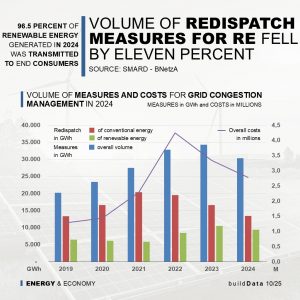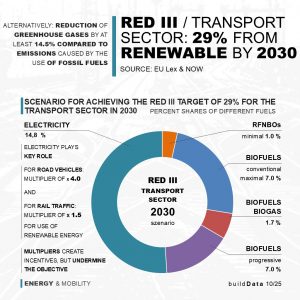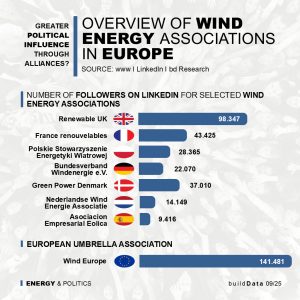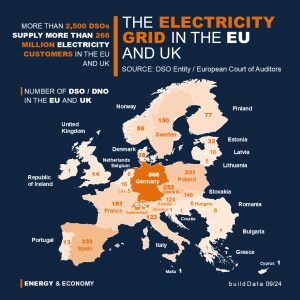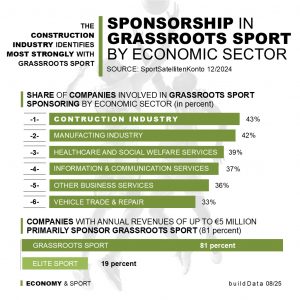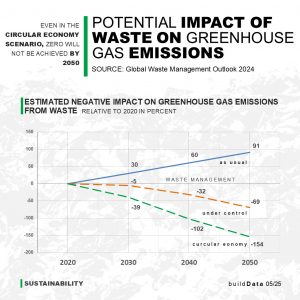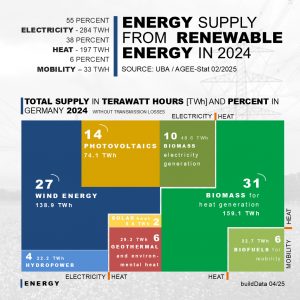
RED III (Renewable Energy Directive III) – Considerations on the transport sector
In the RED III (Renewable Energy Directive III, revision of RED II) of November 2023, the targets for the use of renewable energies within the EU were raised to 42.5 percent. In this article, we discuss what RED III means for the transport sector.
EU Member States are still struggling to implement RED III. Among the 27 member states of the European Union, only Denmark had implemented the Renewable Energy Directive III nationally in time. In Germany, the implementation into German law became fully effective on 15 August 2025 with a delay. In Poland, the draft law is expected in the first quarter of 2026.
The target for the transport sector has also been significantly tightened. While the 2018 version of RED II set a minimum share of renewable energies in final energy consumption at 14 percent for the transport sector, the current Renewable Energy Directive III stipulates a minimum share of 29 percent by 2030. An alternative target could be a reduction in greenhouse gases (GHG) of at least 14.5 per cent compared to the emissions that would have been produced by the use of fossil fuels.
The transport sector includes rail and road transport, aviation and shipping.
Electrification of transport will play a key role in raising the share of renewable energies in final energy consumption to 29 percent. In one possible scenario (our illustration), the share amounts to 14.8 percent. This means that a good half of the target is to be met by electric mobility.
The second largest share, a maximum of 7 percent, is to be covered by the use of conventional biofuels, followed by so-called advanced biofuels with 4.5 percent, biofuels and biogas according to Annex IX, Part B, with 1.7 percent, and RFNBOs with a maximum of one percent.
A brief explanation of the terminology:
RFNBOs (Renewable Fuels of Non-Biologic Origin) comprise renewable energy sources that do not originate from biomass or are of non-biological origin. The most important representatives are green electrolysis hydrogen and its derivatives, i.e. ammonia or e-fuels.
Biofuels and biogas according to Annex IX, Part B consist of advanced raw materials such as biomethanol from agricultural waste, biodiesel from used cooking oil (UCO) or advanced bioethanol variants that do not originate from foodstuffs. Annex IX, Part A lists biofuels that do not use direct agricultural land (e.g. not maize or rapeseed), such as algae grown in basins, manure and straw.
Why only 1% RFNBOs as a target for 2030? The targets for the use of hydrogen, for example, are more ambitious, particularly in heavy-duty transport, aviation and maritime transport, but considerable effort, time and investment are needed to create the infrastructure required for production and use. RED III is a first step towards a complete switch to renewable fuels and widespread use of hydrogen. Due to the enormous challenges involved in individual fuel applications, RED III (2030) deliberately focuses on various renewable fuels.
As mentioned above, the electrification of transport currently plays a key role. This refers to fully renewable electricity generated from sources such as hydropower, wind, solar or geothermal energy. Electricity procurement criteria must be taken into account here.
You need more information? We have linked the current version of the Renewable Energy Directive III and the NOW fact sheet below.


